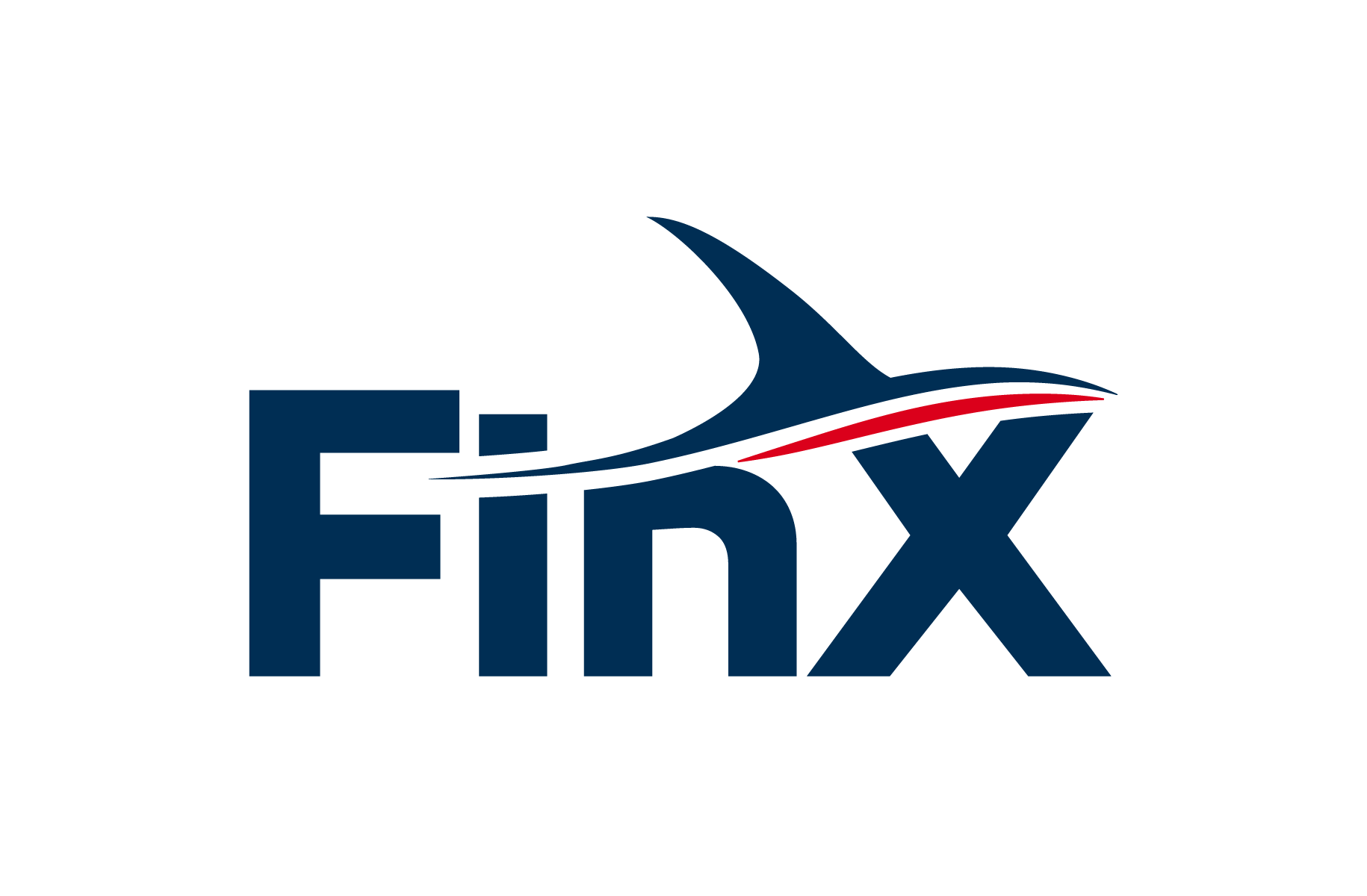
“As the population grows, plastic consumption will triple by 2050 compared to today. Something will have to be done with it”
Yvan Bourgnon is a phenomenon that we hardly see. Rather an adventurer than a competitor and a very high-level navigator, in 2013 he set off on a round-the-world trip (solo), on a 6.30-meter sport catamaran, uninhabitable, armed with a single satellite phone. His compass? A sextant and a few cards. No weather or GPS information. This sea gladiator, as some people call him, now devotes his life to raising the awareness of leaders through conferences and protecting the oceans, notably with The SeaCleaners, an NGO he created in 2016. In the tradition of this unique project will soon be born the Manta, a giant multihull and the first offshore sailboat capable of collecting plastic macro-waste.
When did your electroshock on plastic pollution date?
I toured the world with my parents in the early 1980s for 4 years on a sports catamaran. There was no visual pollution then. 33 years later, between 2013 and 2015, while I was doing the same route, I was deeply shocked to see plastic pollution, especially in Sri Lanka and the Maldives. I also remember being flabbergasted while sailing in the Red Sea, a veritable sea of hydrocarbons. Finally, during my sporting career, I have hit containers many times and have almost given up on several races due to collisions. As the population grows - soon we will be 10 billion - plastic consumption will triple by 2050 compared to today. 19 tonnes of plastic are poured into the oceans every minute, or 8 million tonnes per year, which will become 25 million tonnes. Something will have to be done with it.
What is the mission of the Manta?
The Manta is a boat that will collect plastic macro-waste from 1 cm by sailing 75% of the time independently, without using fossil fuels, 300 days a year. The data collected on waste by our team of scientists will be listed, mapped and shared with the international scientific community and the general public since they will be accessible as open data. With a waste collection and treatment capacity of 1 to 3 tonnes per hour, the goal of Manta is to rid the oceans of 5,000 to 10,000 tonnes of plastic waste per year. The Manta will be very useful in the most contaminated areas - coastal areas, rivers, mouths of large rivers and estuaries - to recover waste before it breaks up into micro-particles.
How did you get the idea?
Since 1950 humanity has manufactured 8.3 billion tonnes of plastics. Only 9% was recycled. Some missions, like those of Tara Océan*, analyze plastic microparticles. On the other hand, these shipping ships do not have collection and storage capacities for plastic macro-waste. We also know that 95% of macro-waste is distributed over 5% of the oceans. Those which stagnate are still quite "pure", little degraded: they are neither charged with metals, nor with chlorine (or very little).
The Manta will be equipped with pyrolysis. What does this process consist of?
Pyrolysis transforms plastic into synthesis gas, without combustion. This "syngas" is itself converted into electricity by a turbine, to power all of the Manta's electrical equipment: its cockpit and its navigation instruments, its batteries, its propulsion units and its factory. The heat, as well as all the so-called “fatal” emissions released by the process, are recovered to meet the thermal needs of the boat and to guarantee a process that is as virtuous as possible, with very few emissions. The solid residues (the tank), which represent 5 to 10% of the treated plastic, are stored for recovery on land, in the form of bitumen, cement, fuel, etc. Did you know that, for navigation, pyrolysis reduces pollution by two thirds compared to petroleum? I am sure it will become very interesting. At the moment, this is an expensive and underdeveloped solution. But nations are starting to really turn away from the fossil and I think NGOs have their place in the waste treatment process. In an ideal world, we would like to finance a part of these pyrolyses with The SeaCleaners. Duplicable to a large model, this technology will therefore be used not only on board the boat, but also at each stopover (we plan to have one per month). Until now, pyrolysis has not accepted degraded marine plastic waste loaded with chlorine and nitrogen. Solutions had to be found, in particular to eliminate chlorine from plastic.
How will the ship be built and how will it operate?
The contours of the boat are well drawn! In order to make the best design choices, we carried out a complete Life Cycle Analysis (LCA) of the Manta: we were thus able to determine the most environmentally friendly materials in the short, medium and long terms, those whose carbon footprint is the lowest. We are very careful to find the right balance between the materials of the boat and their weight, so that the Manta is as energy efficient as possible. The ship's propulsion will be provided by a tailor-made hybrid system combining 1,500 m2 of sails installed on automated rigs and electric propulsion engines. Electricity will be produced by a series of on-board renewable energy production equipment (two wind turbines, hydro-generators, nearly 500 m2 of photovoltaic solar panels) and by the on-board unit for energy recovery from waste with pyrolysis. On the technical level, our consultation file is ready to go and see the shipyards. The studies are not completely finished, but sufficiently advanced to have a precise idea on many points (number of people on board, length, width, etc.). Construction will begin in 2022 and the launch of the first Manta is scheduled for 2024.

How are you organized?
About thirty people currently work at The SeaCleaners. We quickly developed in France, with 14 regional delegations and 1,000 trained volunteers. At the start of 2021, we launched our development on a European scale in Switzerland and Germany, and we will continue it in particular in Belgium and Spain. Observer member of UN Environment, we are sponsored by the Prince Albert II of Monaco Foundation and funded by around fifty patrons. Finally, we maintain diplomatic relations with Cambodia, Vietnam, Indonesia, the Maldives and Bahrain...
How does your scientific council work?
The SeaCleaners has created an unprecedented scientific council in the world of waste collection, with 12 of the 20 leading scientific leaders in the field in the world. Between 5 and 10 scientists will board the Manta (2 of whom work for us throughout the year), to analyze these collected plastics. The scientists who followed us are working together to think about issues, especially on how to spot plastic waste at sea (drones, satellites, small tracking boats). Finally, we will make it a point of honor to work in open source, in order to allow States that wish to "copy" us and build their boats.
Which areas will you target first?
In general, we will focus on the most contaminated areas. It is now established that 80% of marine pollution comes from land and that it reaches the oceans largely through rivers. According to researchers, 88% to 95% of this volume comes from just ten rivers, the most polluted in the world, mainly in Asia and Africa. With this first Manta Ambassador, we will sail from one river to another, from one country to another. In a slightly more distant future, we will position one Manta (or even several) per mouthpiece. Our forecast calculations allow us to advance that with a fleet of 400 boats and 2 billion euros per year, we could collect 1 third of global plastic pollution.
What will become of the waste brought to earth?
Our philosophy is based on a simple principle: nothing should be wasted. Everything that is collected and processed on board the boat is converted into a useful component, according to the principles of the circular economy. Our priority is therefore to convert waste into energy, rather than storing it, which increases the weight of the ship and therefore its energy consumption. Each Manta mission will last up to 3 weeks. It will be followed by a week on land to unload the collected waste that has not been transformed into energy, entrust it to local recycling circuits and conduct awareness campaigns and promotion of the transition to a circular economy.
One of your major objectives is to boost a sustainable local and circular economy by offering solutions for recycling plastic waste.
Yes, we have to give lectures in schools, train volunteers on site, carry out awareness-raising actions. It is better to favor solidarity with other countries rather than the race for exemplarity at home. Some countries have the means to treat their waste (China, Western European countries for example). Conversely, Bangladesh will not have the means to do so for 30 years. With our globalized business model, the money has to be put in the right place. With a view to transferring skills and co-development, visits will be organized on board the Manta for political, industrial and economic decision-makers in the regions where we have organized collection campaigns, in order to adapt the solutions present on the vessel to local contexts. Manta, in particular the future Mobulas (small collection boats).
Would you like to take to the sea?
Yes, I miss that a lot, the call of the sea is very strong. I often sail coastal, I do regattas with my son. We were European champions 2 years ago! Last year I was able to sail for 60 days. It is true that I launched The SeaCleaners without thinking that the project would take so much time. But the adventure is great and the very dynamic team is a great source of energy. I also want to go around the world, why not compete, with the Vendée Globe.
* See interview with Romain Troublé, Tara Océan.
Alexandra Corsi Chopin



